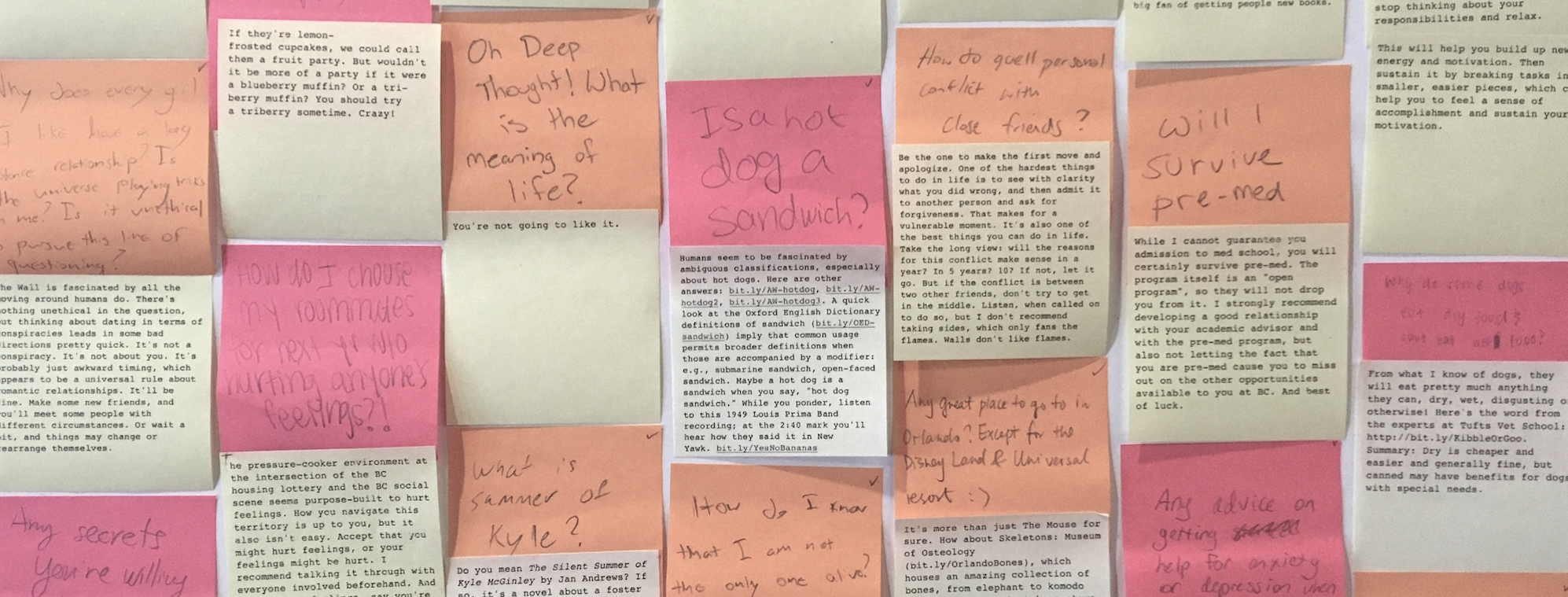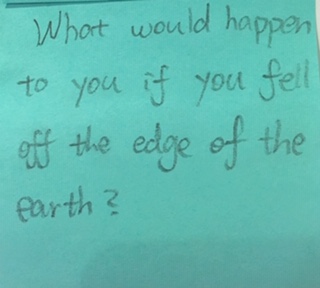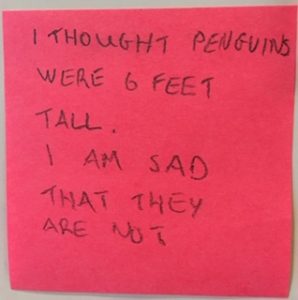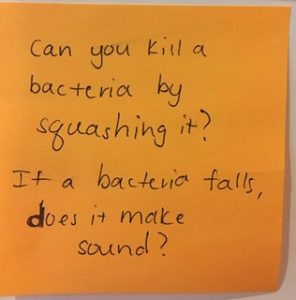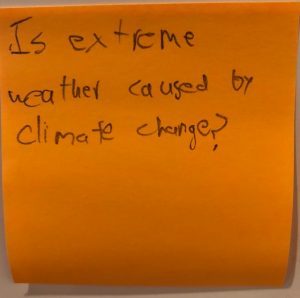
There are many things that function on a level not visible to the naked eye, and wind is one of them. Wind, in short, is just air in motion. Air is composed of gases that expand (and become less dense) as they warm & shrink (and become more dense) as they cool. Cool air sinks, warm air rises. When cold air meets warm air, there’s motion. That’s wind. The sharper the difference, the faster the wind. And wow, there have been some sharp differences lately!

